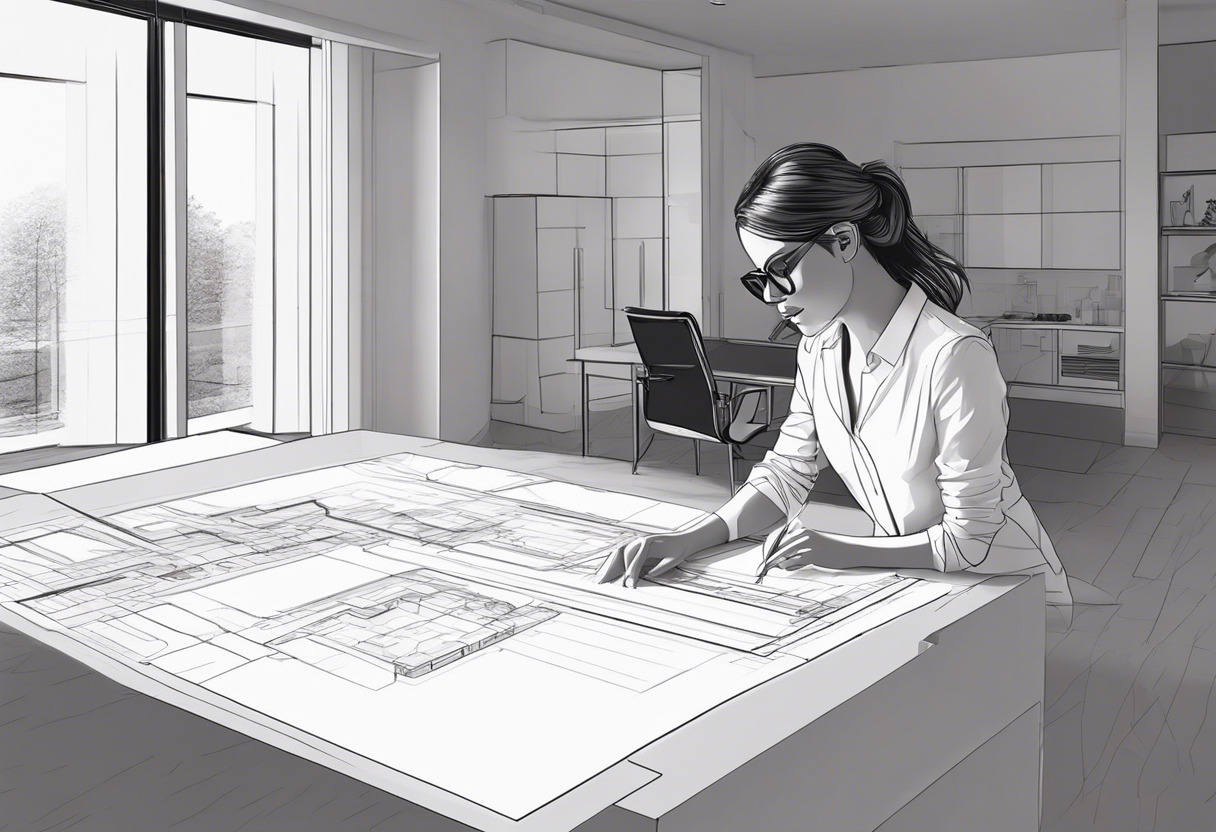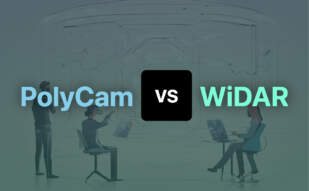In the AR/VR sphere, Polycam shines with AI-based 360 Capture, LiDAR scanning, and custom video-making abilities suited for professional-grade projects. Amateurs to experts would benefit from its broad feature set. However, Scaniverse, renowned for user-friendly photogrammetry and augmented reality visualizations, makes it ideal for casual scanning and 3D visualizations, while still delivering accuracy.

Key Differences Between Polycam and Scaniverse
- 3D scanning: Polycam benefits from AI-enhancement, while Scaniverse employs traditional photogrammetry.
- Platform support: Polycam caters to iOS, Android and Web applications. Scaniverse primarily targets iOS-based hardware with recent support for non-LiDAR devices.
- Video features: Polycam provides customized video-making options, unlike Scaniverse.
- Pricing: With a Pro edition, Polycam demands a price for advanced options whereas Scaniverse’s free usage has earned users’ acclaim.
| Comparison | Polycam | Scaniverse |
|---|---|---|
| Platform | iOS, Android, Web | iOS |
| LiDAR Support | Yes | Yes |
| Photogrammetry | Yes | Yes |
| 360-degree Capture | Yes | No |
| Target Users | Contractors, Interior Designers, Architects, VFX, Filmmaking, 3D Art, Scene Building | Casual Scanning, 3D Captures, AR Visualizations |
| Collaboration Features | Yes | No |
| Drone Mapping | Yes | No |
| Video Making Features | Yes | Yes |
| Pricing | Pro Edition at $14.99/month or $79.99/year | Free |
| Compatibility with 3D Softwares | Blender, Cinema4D, Unity, Unreal | Blender, Maya, Unity, Unreal Engine |
| Mobile LiDAR Device Requirements | iPhone 12 Pro and above, 2020+ iPad Pro | LiDAR-enabled iPhones and iPads get improved accuracy |
What Is Polycam and Who’s It For?
Polycam, a product of Polycam Inc., is an elegant 3D scanning app applicable for a range of users such as contractors, interior designers and architects. This same mighty tool extends its prowess to VFX, filmmaking, 3D art, and scene building aficionados. Enriched features include LiDAR scanning, 360-degree panorama capture, photo and 3D modes, and a harbinger of technologies such as generative AI and Apple’s Object Capture. The recent update 3.2.1 ensures advanced yet user-friendly experience.

Pros of Polycam
- Accommodates Android, iOS, and web users
- Provides variety in modes for videography
- Supports drone mapping
- Community platform for sharing, exploring data
Cons of Polycam
- LiDAR functionality restricted to iPhone 12 Pro, higher
- Android version with Photo Mode expected soon
- Textures larger than 4K may appear black on mobile web browsers
What Is Scaniverse and Who’s It For?
Scaniverse, a phenomenal 3D scanning app, caters to users of all recent iPhones, iPads, and particularly LiDAR-enabled devices. It utilizes photogrammetry to its zenith, reconstructing objects, buildings, rooms, and outdoors to produce 3D models that stun with accuracy, detail, and quality. Scans, either visualized in 3D or AR via a web browser or exported across various file formats, benefit from Scaniverse’s Detail Mode and robust measurement tools. Part of tech giant Niantic, Scaniverse maintains its standalone app configuration.

Pros of Scaniverse
- Supports all recent iPhones, iPads, and LiDAR-enabled devices
- Exports in OBJ, FBX, USDZ, LAS formats
- Detail Mode for high-quality, accurate models
- User-friendly and accurate, praised for AR capabilities
Cons of Scaniverse
- Limited support for Landscape and Portrait mode
- Scans on non-LiDAR devices somewhat restricted
Polycam vs Scaniverse: Which Should You Choose?
A comparison between two technology giants in the 3D scanning app sector, Polycam and Scaniverse, raises intriguing avenues for different audiences. Here’s the verdict tailored to individual needs.
For Casual Scanning Enthusiasts
Scaniverse would make an ideal choice. Known for user-friendliness and free access, it caters well to casual scanning and 3D captures without demanding high-tech requirements. However, scan viewing support on non-LiDAR devices is limited.

Professional Architects and Interior Designers
Polycam’s 360-degree panorama capture and Room Mode for liDAR-based interactive floor plans bring significant value, ideal for professionals generating detailed blueprints. It also offers collaborative editing with sharing feature that can significantly improve teamwork.

Game Developers and Filmmakers
With its high-quality 3D modelling capability and native support for Unity and Unreal, Polycam tends to be the top choice. Additionally, the export function unlocks various formats, a key feature for these professionals.

Augmented Reality Creators
Both platforms offer impressive AR functionalities. But, Scaniverse draws ahead with its praised accuracy and effectiveness in AR. Notwithstanding Scaniverse’s lack of Landscape and Portrait mode support, for AR creators, it takes the lead.

Ultimately, when faced with a Polycam vs Scaniverse decision, your professional needs dictate the choice. For casual scanning, choose Scaniverse. Architects and interior designers, game developers and filmmakers will find an ally in Polycam. But if you’re an AR content creator, give Scaniverse a shot.
Logan Bellbrook
Content writer @ Aircada with a knack for nature & AR/VR/XR. Blogging the intersection of tech & terrain.





